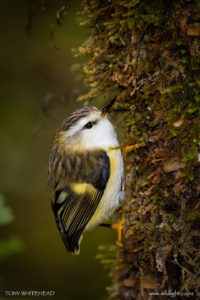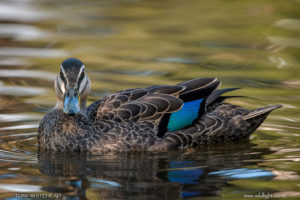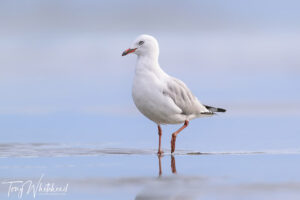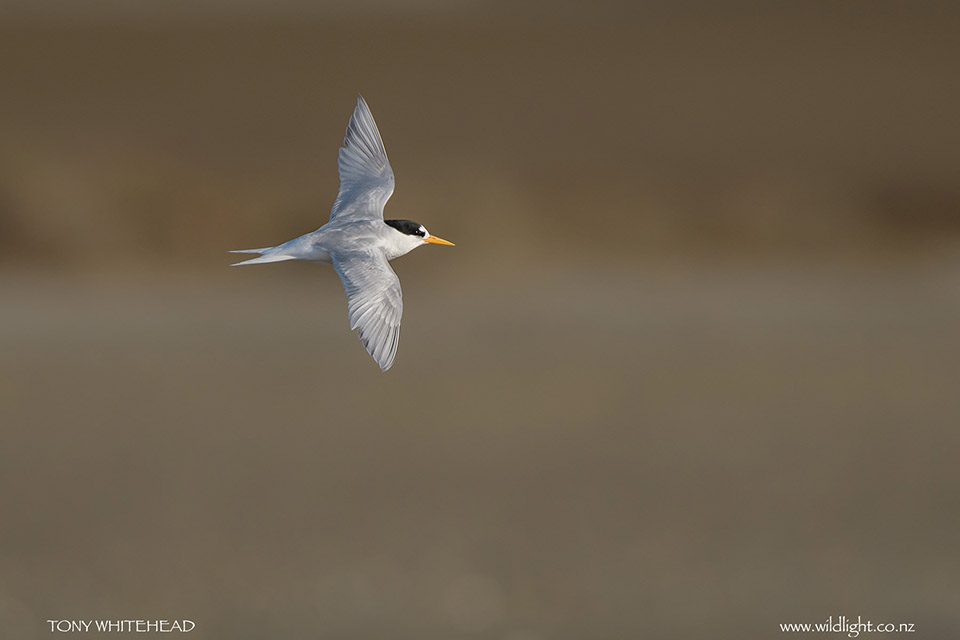
The main hope for our trip to Waipu Cove was to see the Fairy Tern / Tara iti. This is New Zealand’s smallest tern and most endangered bird with only approximately 40 individuals remaining. They nest in sand dunes and on the seashore so are at risk from tide/weather factors, human disturbance as well as avian predators (Harrier, Kelp Gull) and introduced mammalian predators (cats, rats, mustelids). They defend quite large territories so even an area as large as the spit at Waipu Estuary only had 1 breeding pair and one lone male present at either end of the estuary. Despite this I saw and photographed a territorial conflict between 2 of the birds at the boundary of their respective territories.
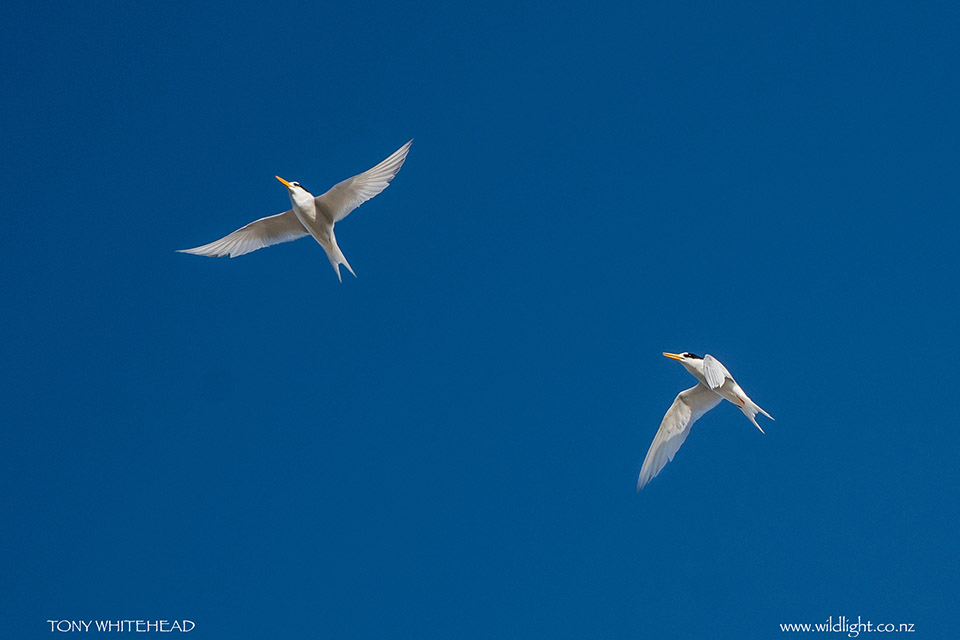
On my first visit to the estuary I had spent a couple of hours scanning looking for a small tern without luck. I had got distracted photographing Godwits when suddenly a small tern with a yellow bill appeared above me hovering as it looked for fish. I could hardly believe my eyes. I managed a couple of shots but had quite a case of “buck fever” with the sudden appearance of the little bird. The pleasure in spending some days at one location is learning the rhythm and routine of the animals. I got to know this Fairy Tern quite well and could predict where he would be and what his routine was so could set up and wait for him to pass on his circuit.
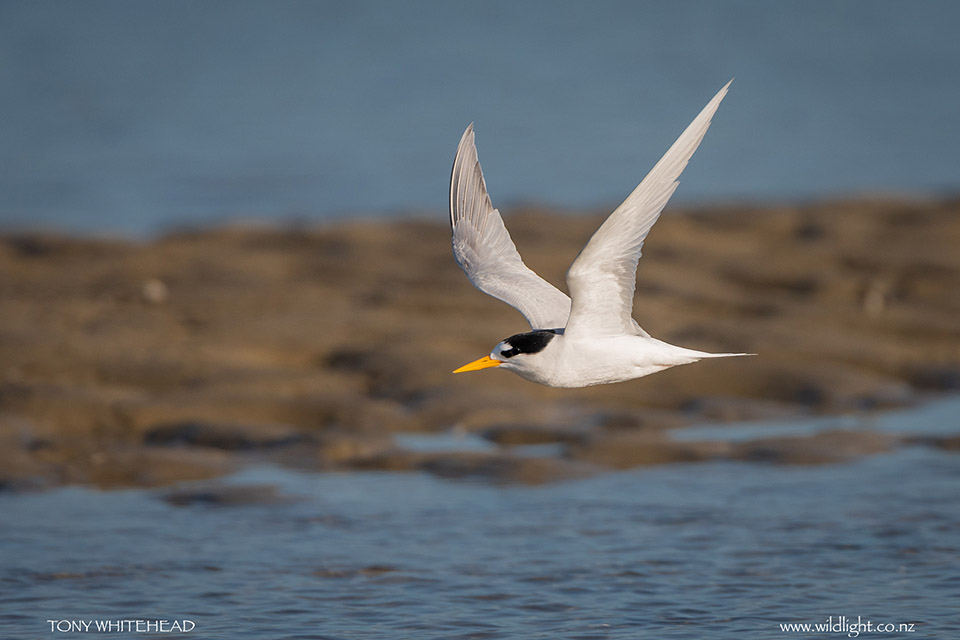
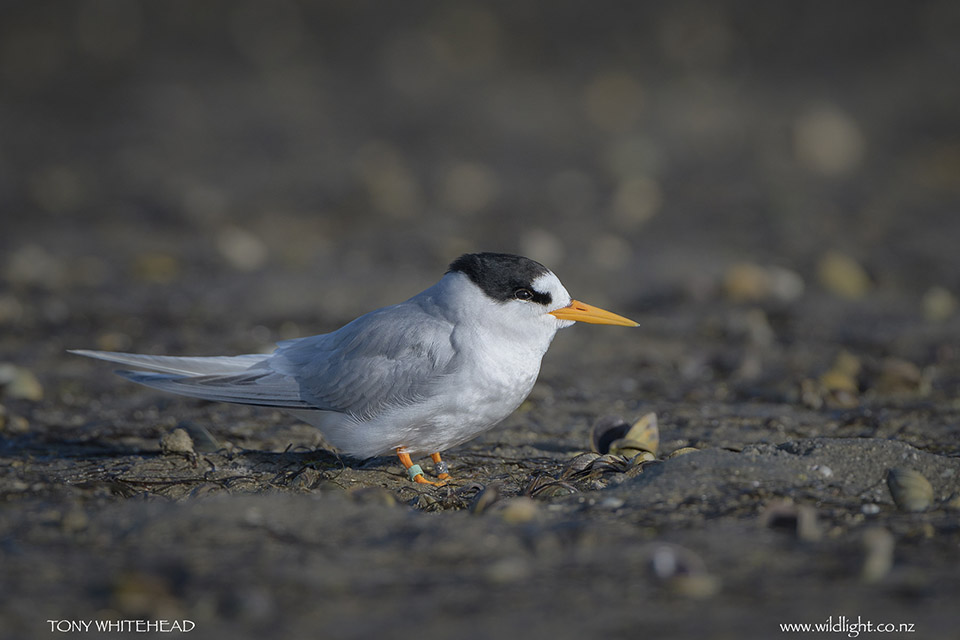
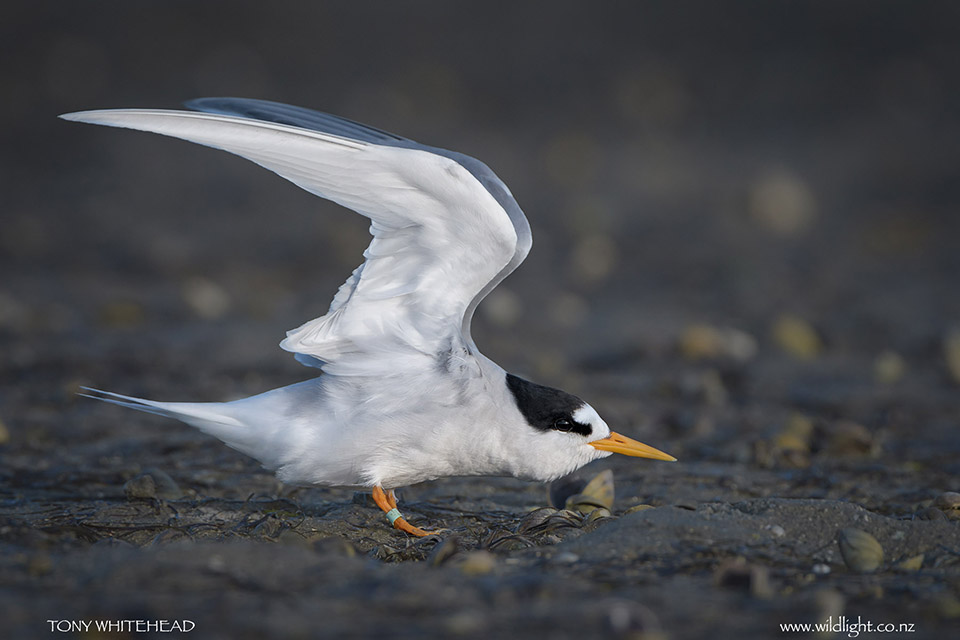
Speaking to a ranger we heard that there was a breeding pair incubating further down the estuary. We managed to find their location and kept our distance so as not to disturb them. There were no photo opportunities due to the distance and heat haze off the shell bank their nest was on. I positioned myself in the grass between the nest and the water edge anticipating they would fly to the nearest water to feed. It didn’t take long for my prediction to materialise and I managed some flight shots of a Fairy Tern with a captured fish en route to feed it’s mate on the nest.
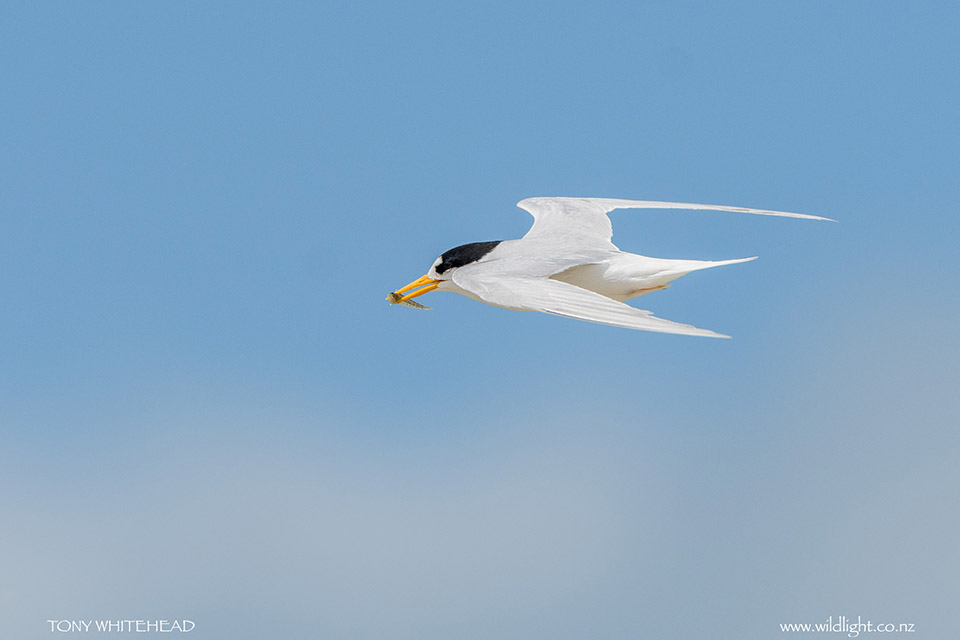
Photographically it was a successful mission but the real pleasure for me was spending time and getting to understand the habits and routine of this tiny endangered bird.
For more information on Fairy Tern/Tara iti see this Department of Conservation page and New Zealand Birds Online. To contribute to their protection see New Zealand Fairy Tern Charitable Trust.
Photos with Nikon D500 and Nikon 500mm f4VR +- TC14 1.4x teleconverter
